'Anthropoid': Point and Shoot
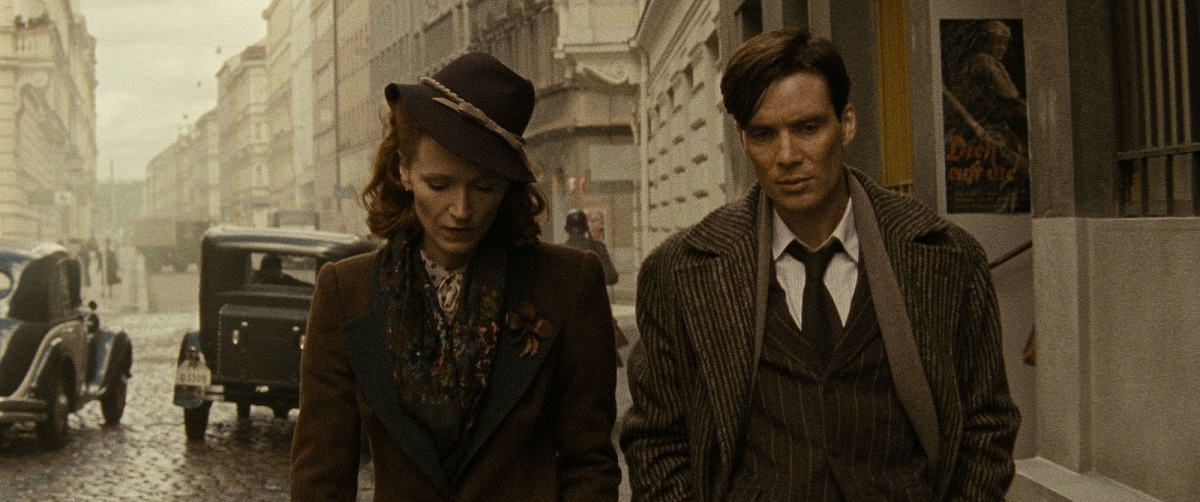
Streets of Prague… Anna Geislerová (l) as Lenka Fafková and Cillian Murphy (r) as Josef Gabčík take a walk through the occupied city (Image courtesy of Sean Ellis / Anthropoid Productions Ltd)
"Film is very much alive and a great creative option" - Director Sean Ellis
December 1941. Two freedom fighters parachute into occupied Czechoslovakia. Their objective: to assassinate the "Butcher Of Prague", SS General Reinhard Heydrich, the Nazi potentate in command of the would-be Final Solution for the Jews across Europe. Operation Anthropoid is underway.
After meticulous planning, the covert mission was carried out in Prague on 27 May 1942. A lot rested on this operation, which was designed to demonstrate to the world that the Czechs were still allies in the war effort, whilst also showing senior Nazis that they were not beyond the reach of allied forces and local resistance groups.
A new, independent feature film Anthropoid , starring Cillian Murphy and Jamie Dornan as the avenging agents Josef Gabcík and Jan Kubiš, documents the events of the daring assassination plot.
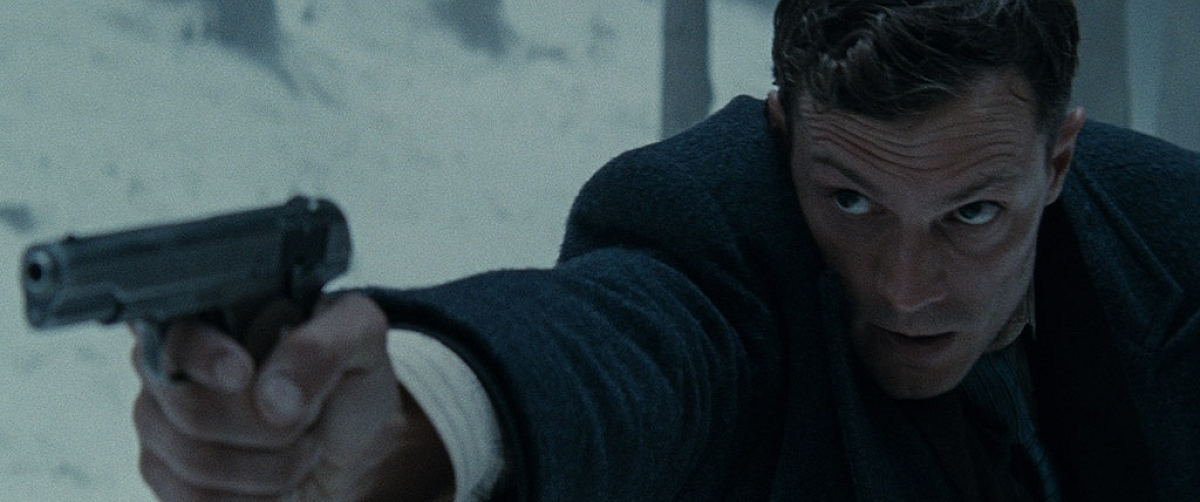
Jamie Dornan takes the role of Jan Kubiš (Image courtesy of Sean Ellis / Anthropoid Productions Ltd)
Directed by Sean Ellis, who co-wrote the screenplay with Anthony Frewin, and who also worked as cinematographer and A-camera operator, Anthropoid has had critics applauding "scenes that will have audiences flinching", whilst the concluding shoot-out in a flooded cathedral crypt is hailed as "one of the most authentic and nerve-jangling set-pieces of the year."
To help the audience feel integrated into the tense, secret mission, Ellis shot Anthropoid using a handheld, documentary camera-style. To underpin the period look-and-feel of the production he opted for Super16mm film and Anamorphic lenses.
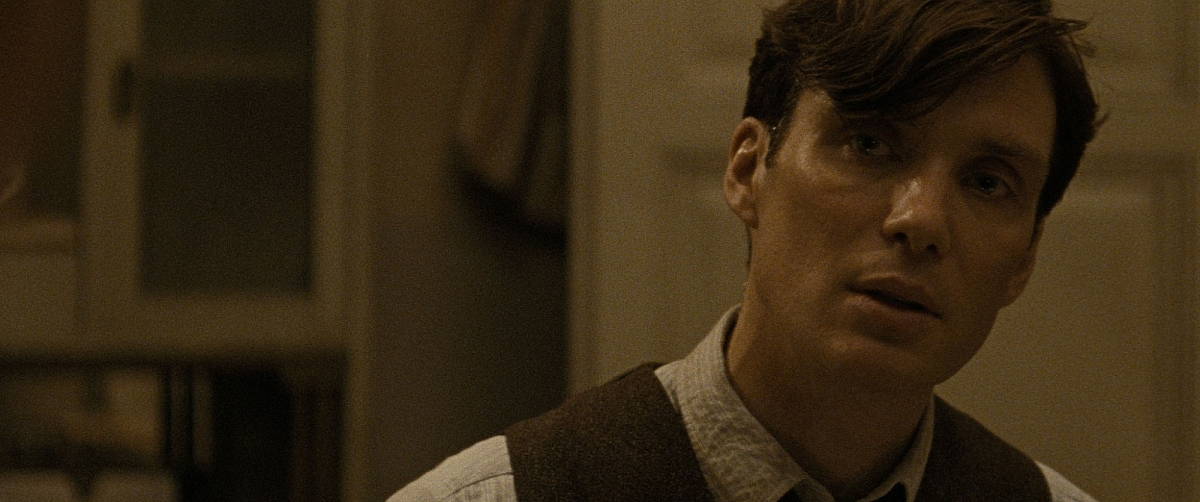
Cillian Murphy as freedom fighter Josef Gabčík (Image courtesy of Sean Ellis / Anthropoid Productions Ltd)
As he explains: "I wanted the movie to literally hit-the-ground-running - for the audience to be inside the suspense and action along with the protagonists - right from the start, to where their story ends. I also wanted a soft, desaturated look to the imagery, to act as kind of memory trigger to events taking place in the past. When I see period movies shot on digital, the image just does not look real to me. Ultra real looks ultra crap - it's just not engaging."
He continues: "I was in no doubt that I had to shoot Anthropoid on film. I love the texture and grain of Super16mm and the very beautiful aesthetic when it's combined with the widescreen Anamorphic format. Also, the great thing about shooting on S16mm is that the cameras are lovely and light, and therefore perfect for the handheld, in-the-moment picture style I wanted on screen."
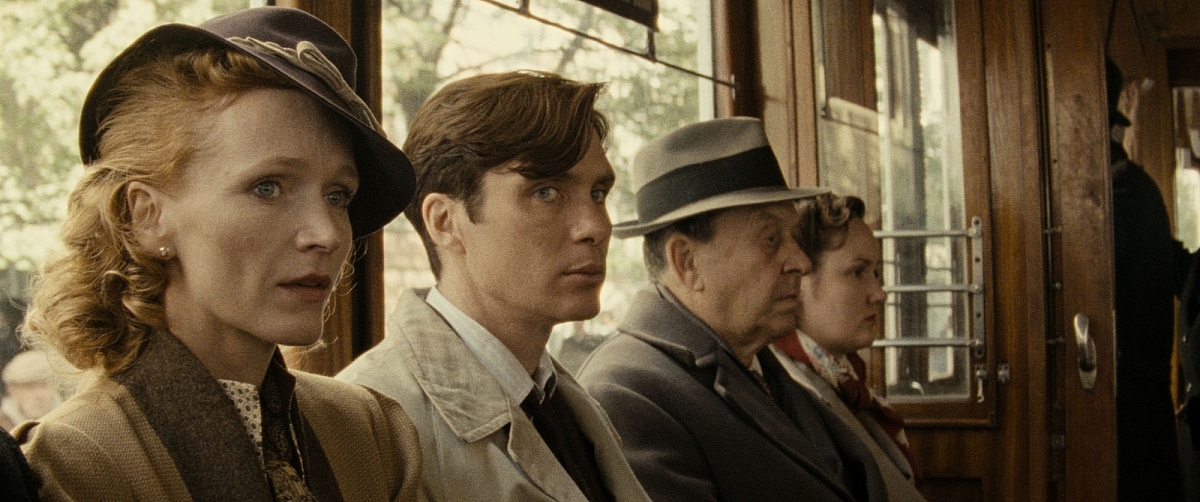
A tense moment - Anna Geislerová (l) as Lenka Fafková and Cillian Murphy (r) as Josef Gabčík (Image courtesy of Sean Ellis / Anthropoid Productions Ltd)
Ellis says he first became fascinated in Operation Anthropoid in 2001 after watching a documentary. "Over time I did research, collected information and stored this in one of the files I keep on topics that interest me. When I went to Prague to shoot a commercial five years later, I paid a visit to the Cathedral of Saints Cyril and Methodius, where Gabcík and Kubiš had hidden themselves away before the fierce gun battle and their deaths on 18 June 1942. What they did is a largely forgotten moment in European history, and this experience made me so eager to pull the project together."
Authenticity was a key consideration for Ellis. Whilst he went on a diet of war movies for inspiration, he also researched and collected a vast number of picture references from the period and contemporary locations. He even gained access to the autopsy reports that reside in the archives of the War Museum and Ministry of Defence in Prague, and was allowed to inspect the clothes that were worn when Gabcík and Kubiš died, with bullet holes and blood stains. "I got a truly amazing insight into what really happened," he remarks.
Ellis's enthusiasm for the project was such that he personally purchased a brace of ARRI 416 cameras for the shoot. A range of Hawk 1.3 Anamorphic prime lenses were rented from Vantage in Prague, along with a video tap system for playback on-set.
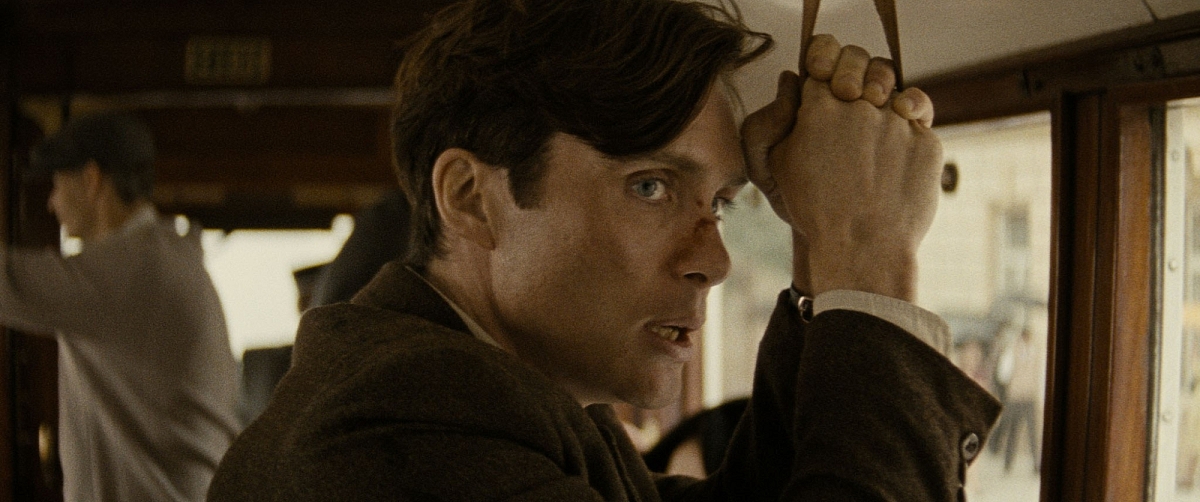
On the run - Cillian Murphy as Josef Gabčík post assassination (Image courtesy of Sean Ellis / Anthropoid Productions Ltd)
The crew included Derek Walker on B-camera/Steadicam, supported by first AC Radek Skudrna, whilst Ellis was assisted on A-camera by first AC Kirsti Abernethy. The gaffer was Martin Granilla. Processing and one-light rushes were done at i-Dailies in London.
"I had such a fantastic crew, including the team at the lab," he says. "This project is a true indie movie, and everyone was invested in it. Thanks to the help of Anthony Frewin on the script, and fantastic producers, Mickey Liddell and Pete Shilaimon, who ran to the ends of the earth for me, it would not exist if it was not for them."
Principal photography on Anthropoid started on July 13th 2015, concluding 40-shooting days later in September. Production took place at many of the original locations where Operation Anthropoid had unfolded, including Petschek Palace, where the Gestapo had its headquarters, along with the backdrops of Prague Castle and the Charles Bridge. Sets at Barrandov Studios included the cathedral crypt, where Nazi troops had tried to flush out Gabcík and Kubiš, and a 1:1 replica of the Cathedral of Saints Cyril and Methodius, which took 13 weeks to build on Stage 8.
"We took lot of time and effort to recreate the period, shooting as far as possible in the exact same locations as the original events in 1941 and 1942, paying great attention to the costume, make-up and atmosphere," Ellis says. "I wanted the movie to be soaked in that period, and decided to shoot with tobacco filters on the camera, so the film would have an immediate tonal quality on being processed. With digital it's easy to get scared or lazy, and defer your decisions to post. By being well-prepared and clear about what I wanted, I knew we would not have to do too much to get the final image into shape during the DI grade."
Ellis shot with Kodak Vision3 250D 7207 for the exteriors and Vision3 500T 7219 to shoot interiors. "It's nice to see the grain in these stocks, as it gives the images an appropriate gritty texture," he explains. "The 500T really came into its own in the crypt scene where the lighting was dynamic. The only obvious source of light was a bright window slit at one end of the room, so we subtly supplemented this by adding in a couple of low-key lamps with orange filters to simulate candle light. When the place was full of water it seemed to suck out the light completely. To compensate for the variety of highlight and shadows during this shoot, we kept on adjusting the exposure between F1.3 to F8. The processed rushes looked great, full of atmosphere and detail."
Ellis completed the DI grade at CO3 with colourist Greg Fisher. "Like the rest of the crew, Greg was invested in the film throughout. He assisted with the initial camera tests, and kept a regular eye on the one-light rushes during production, feeding back how much he loved the aesthetic. There was not a great deal that needed doing in the final DI, but Greg did a great job of enhancing the look of what had been cooked into the negative and adding the final polish to the production."
On a final note Ellis remarks, "I was hugely thankful when I heard Kodak had bought i-Dailies in London. It sent a positive signal to up-and-coming filmmakers that film is very much alive and a great creative option. There's an etiquette, a discipline and an artfulness to imagemaking with film that you just don't get with digital. I'd love to see a whole generation of directors prepared to argue with their producers about the merits of shooting on film, where art meets commerce head-on."